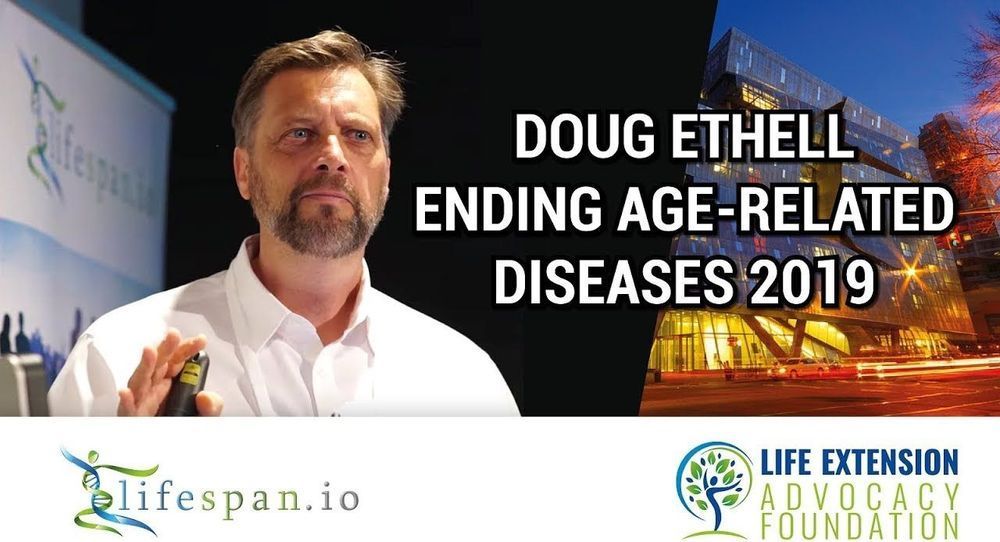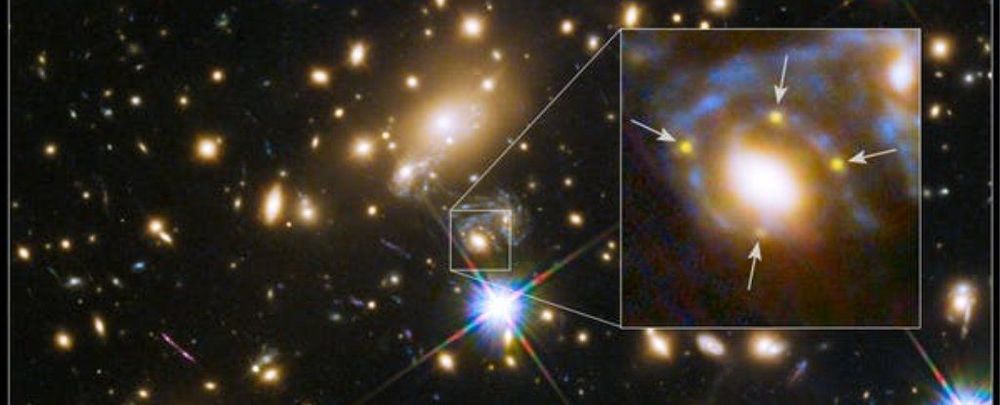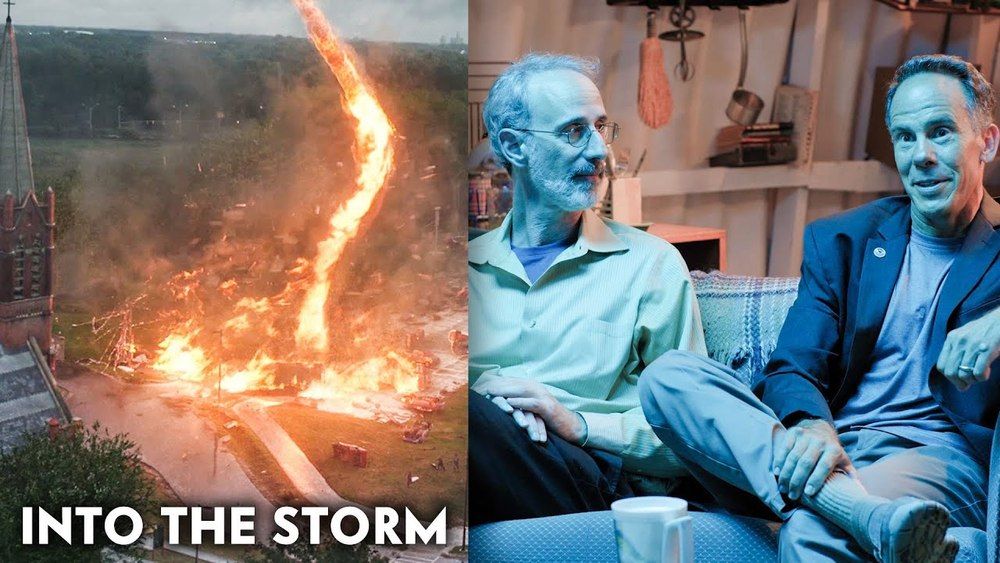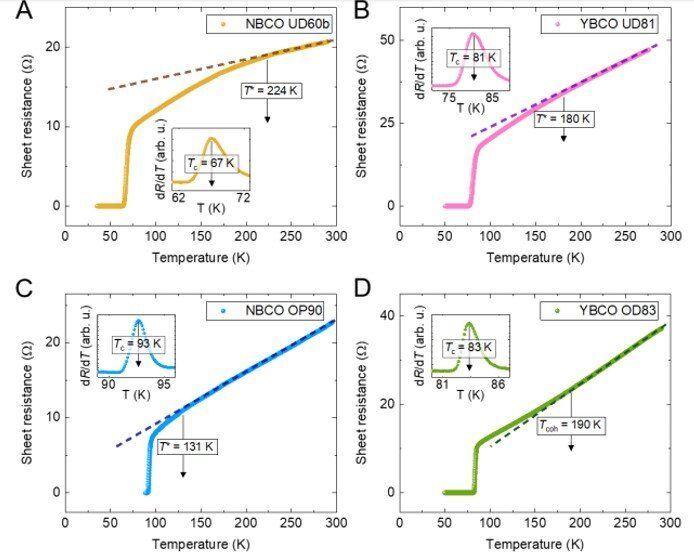Sep 13, 2019
Doug Ethell at Ending Age-Related Diseases 2019
Posted by Nicola Bagalà in categories: biotech/medical, life extension, neuroscience
We’re continuing to release talks from Ending Age-Related Diseases 2019, our highly successful two-day conference that featured talks from leading researchers and investors, bringing them together to discuss the future of aging and rejuvenation biotechnology.
Today, we’re releasing a talk from Dr. Doug Ethell, who announced his company’s efforts to combat Alzheimer’s disease, describing where and how this neurodegenerative disease starts and discussing his company’s work on developing therapies for the cribiform plate, which naturally clears amyloid-forming proteins from the brain before they aggregate.


















